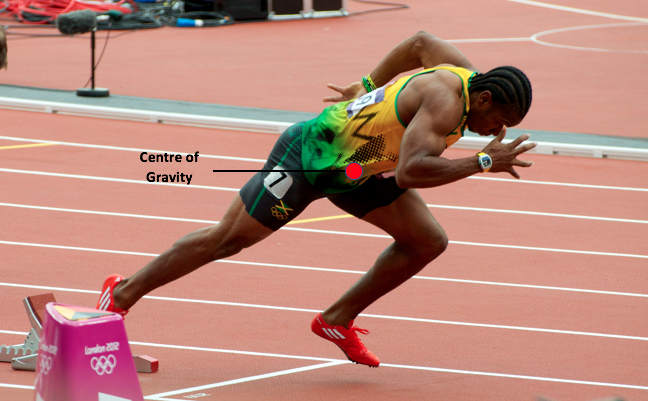The centre of gravity is the point at which gravity appears to be acting upon an object, this is for the most part the same as the point around which the mass of an object or person is equally distributed in all directions. For the average human, the centre of gravity is at the centre of the pelvis when they are standing in the anatomical position. The centre of gravity shifts slightly upwards for males due to their larger shoulder mass, but centre of gravity is always athlete specific. This means that an athlete with larger legs will have a lower centre of gravity unless their upper body is also large and balances the mass.
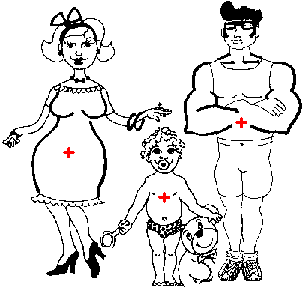
The centre of gravity moves according to the athlete’s body position. For example, in the runner in the image above, his centre of gravity is in the lower region of the pelvis and in front of his body, because his upper body is leaning forwards. Having the centre of gravity lower and in front of his lower body is advantageous for acceleration.
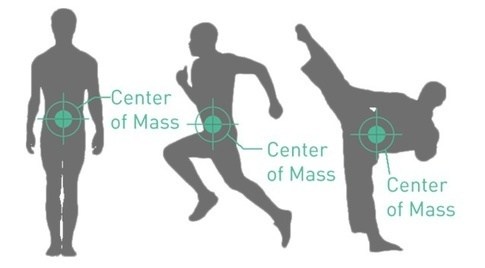
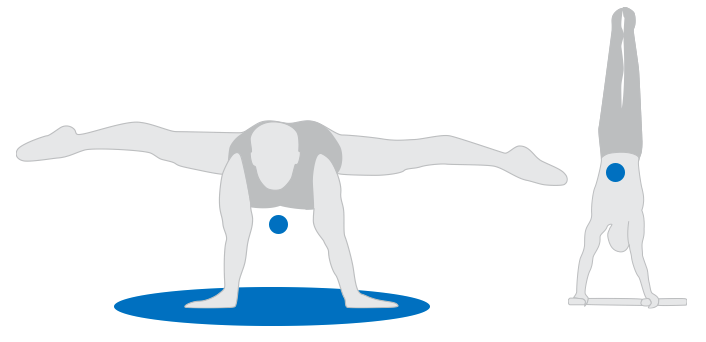
Lowering your centre of gravity also helps to increase stability because it needs to be lifted higher before it moves outside of the base of support. This becomes very useful in combat sports such a jujitsu or sumo wrestling. It is also used by blockers in the NFL or to create a more effective rugby league tackle.
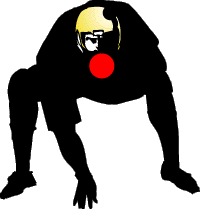


Lowering the centre of gravity increases balance and stability in sport. This is why you can change direction faster by bending your legs and getting lower to the ground. It increases your stability, allowing you to adjust to greater force production by the legs.

